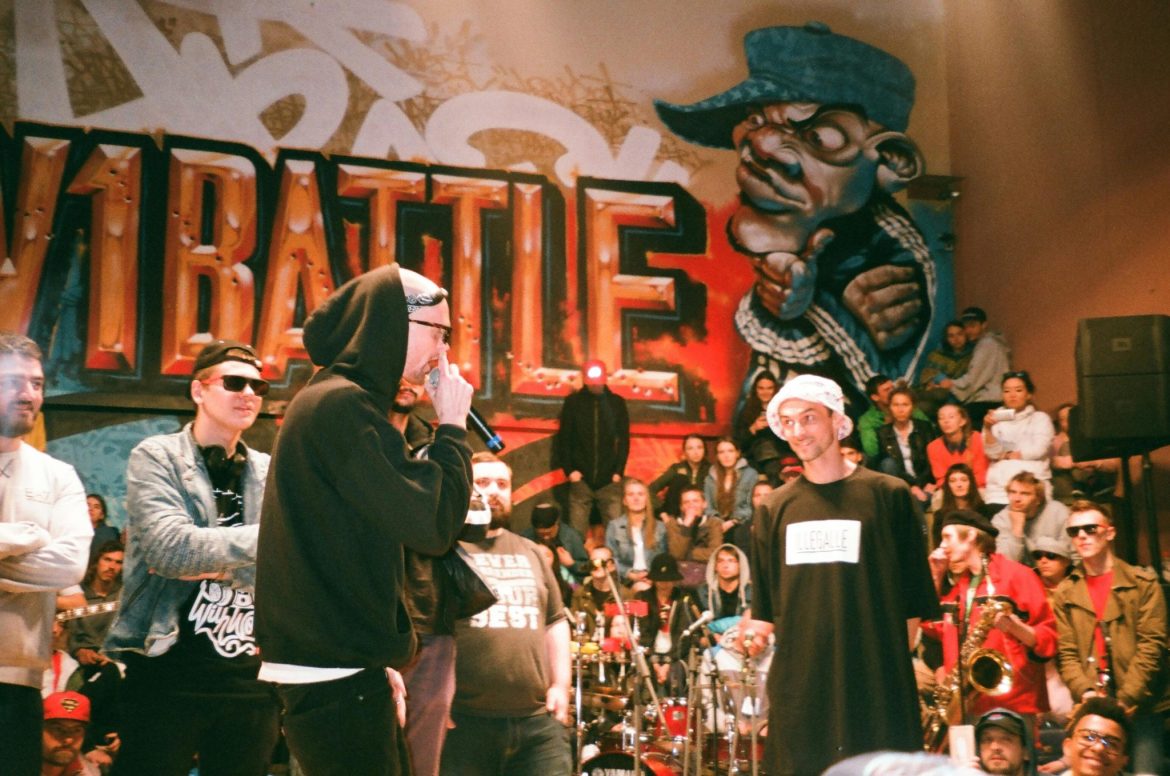Table of Contents
Hip-hop is a complex cultural movement that began in the Bronx in New York City in the 1970s and is more than just a type of music. This article examines hip-hop’s beginnings, components, development, social impact, and worldwide influence as a potent force in dance, music, art, and social activism.

Origins and Cultural Roots
Amidst social and economic hardships in the 1970s, hip-hop first emerged in the Bronx, New York City, among African American and Latino communities. Funk music, breakdancing, graffiti art, street fashion, and other diverse cultural elements all had an impact on hip-hop’s development as a medium for artistic expression, social criticism, and community empowerment.
1. Foundational Elements
- DJing: By combining and blending records to produce breakbeats and rhythmic beats that served as the foundation for the genre, DJs were essential to hip-hop.
- MCing (Rapping): Rappers, also known as emcees, used beats to tell stories and recite poetry about social issues, individual experiences, and cultural identity.
- Breakdancing (B-boying/B-girling): In exciting dance competitions that emphasized athleticism and creative expression, breakdancers displayed acrobatic moves, footwork, and freezes.
- Graffiti Art: Using urban areas as canvases, graffiti artists produced colorful murals, tags, and artwork that expressed social criticism and hip-hop culture.
Evolution of Hip-Hop Culture
1. Musical Diversity and Innovation
- Golden Era: Hip-hop expanded in the 1980s and 1990s with subgenres like East Coast, West Coast, and Southern rap. The Notorious B.I.G., Run-D.M.C., Tupac Shakur, and Grandmaster Flash were among the pioneers who shaped the time with their unique lyrical skills and styles.
- Mainstream Success: Hip-hop expanded its global reach and influence by becoming commercially successful and gaining mainstream recognition through Grammy Awards, chart-topping albums, and partnerships with pop, rock, and R&B artists.
2. Fashion and Street Culture
- Streetwear: Trends in urban and international fashion were influenced by hip-hop fashion, which embraced baggy jeans, sneakers (kicks), hoodies, and accessories like chains, caps, and sunglasses.
- Brand Influence: By working together on apparel lines, shoes, and endorsements, hip-hop artists and brands blurred the boundaries between consumer culture, fashion, and music.

Social Impact and Activism
1. Cultural Identity and Representation
- Voice of Marginalized Communities: Hip-hop gave marginalized communities a forum to speak out against economic inequalities, racial injustice, police brutality, and sociopolitical issues while promoting social justice and structural change.
- Global Movement: Hip-hop activism inspired movements for youth empowerment, civil rights, and cultural preservation all over the world.
2. Education and Empowerment
- Hip-Hop Education: By utilizing hip-hop as a teaching tool for literacy, history, social studies, and the creative arts, educational programs, workshops, and initiatives helped to raise youths’ cultural awareness and academic success.
- Community Building: Hip-hop encouraged artistic collaboration, mentorship, and community resilience, enabling people to pursue careers in dance, music, media, and entrepreneurship.
Global Influence and Legacy
1. International Expansion
- Globalization: Through music tours, festivals, digital platforms, and partnerships with foreign artists, hip-hop expanded throughout the world, fusing local cultures with hip-hop themes, languages, and aesthetics.
- Cultural Diplomacy: Hip-hop evolved into a kind of cultural diplomacy that uses dance, music, and visual arts to celebrate diversity, bridge cultural gaps, and foster intercultural understanding.
2. Continued Innovation and Collaboration
- Digital Era: With the advent of social media, viral marketing, online streaming, and digital platforms that made music production, distribution, and audience interaction more accessible to all, hip-hop adjusted to the digital age.
- Interdisciplinary Collaboration: Hip-hop artists collaborated with filmmakers, visual artists, fashion designers, and tech innovators to push boundaries in creative expression, multimedia storytelling, and digital innovation.

Conclusion
Hip-hop transcends music and dance; it embodies a global cultural movement that empowers, inspires, and connects diverse communities worldwide. From its humble origins in the Bronx to its evolution into a global phenomenon, hip-hop continues to influence music, fashion, art, and social activism, celebrating resilience, creativity, and the power of youth voice. As hip-hop evolves and adapts to new generations and global challenges, its legacy as a transformative force for social change and cultural expression remains unparalleled in the modern era.


